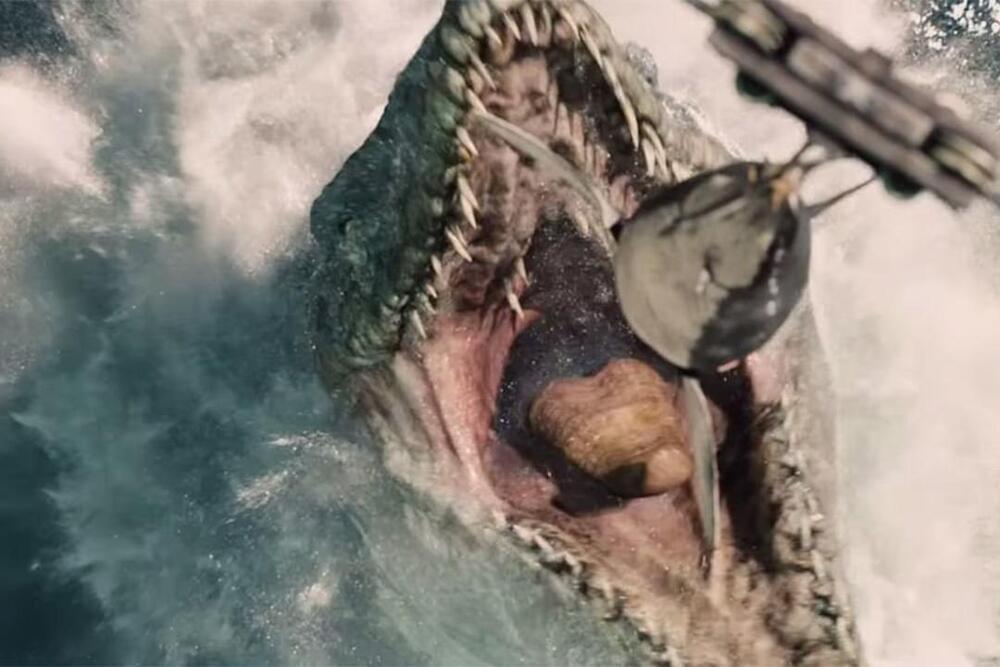Mosasaurs were a diverse group of marine lizards which, much like whales and other cetaceans, adapted to life in the oceans. And though we’ve been digging them up for 200 years now, new species are still being discovered. Recently a team of paleontologists discovered not just a new species but an entirely new genus in the Pembina Member of the Pierre Shale Formation in North Dakota, United States.
RELATED: Giant mosasaur digested large prey then spit up the bones
Researchers found a mostly complete skull and jaws as well as 7 cervical vertebrae, 5 anterior dorsal vertebrae, 11 ribs, and 3 structural bones supporting the brain called hypapophyseal peduncles. The bones belonged to an animal which lived approximately 80 million years ago during the Late Cretaceous period. Scientists dubbed the creature Jormungandr walhallaensis for Walhalla, North Dakota where it was found and for Jörmungandr, the world serpent from Norse mythology.
